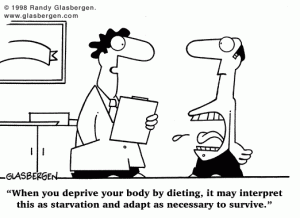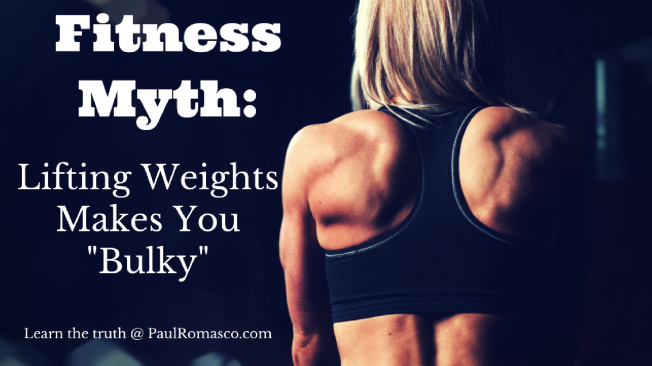
My personal goals involve increasing muscle mass, reducing body fat, and performing heavy barbell lifts.
However, the majority of my clients do not share these goals. Most of my clients want to lose weight, regain function, improve posture, and reverse disease.
In fact, one of the most frequent concerns I hear from those trying to get in shape is that they “don’t want to get big muscles”.
For that reason, I’m going to discuss what causes muscle growth, and how you can avoid getting bulky muscles while still leaning out and improving performance.
The technical term for developing muscle size is “muscular hypertrophy”. Hypertrophy is merely the process of tissues increasing in volume. And the form of muscular hypertrophy that results in the largest muscular gains is “sarcoplasmic hypertrophy”.
Strictly speaking, 8 to 12 repetitions with a moderate weight is the protocol for hypertrophy training. However, intensity and volume are the real deciding factors.
Intensity is accomplished by working until the muscles can no longer perform the exercise properly, known as “failure”, and moving quickly between sets.
Volume is an equation of sets, reps, and weight. This means that 2 sets of 20 repetitions

A female Olympian in the 165 lb. weight class. Does SHE look bulky? I don’t think so!
with 5 pounds will result in more growth stimulus than 3 sets of 1 repetition with 50 pounds.
I personally perform an exercise for 4 sets of 15 repetitions if I am trying to increase muscle size. Almost any load can cause significant growth when performed for 15 slow and focused repetitions.
I bring up the topic of intensity to address those that avoid lifting heavy weights because they don’t want to bulk up. The classic bodybuilder approach of 8 to 12 repetitions means that “heavy weights” (relative to the individuals strength) cannot be used.
 The weights that bodybuilders handle may look heavy but this is merely because they are very strong and have been lifting, with regular improvement, for a long time. It may look like a bench press with two 75-pound dumbbells looks heavy, but if the individual is doing it for 8 or more reps, they could handle over 100-pound dumbbells for fewer reps.
The weights that bodybuilders handle may look heavy but this is merely because they are very strong and have been lifting, with regular improvement, for a long time. It may look like a bench press with two 75-pound dumbbells looks heavy, but if the individual is doing it for 8 or more reps, they could handle over 100-pound dumbbells for fewer reps.
Contrarily, lifting a massively heavy weight for fewer than 5 repetitions will actually train the mind more than the muscles. Yes, the body is getting a great workout, but lifting a maximum load for 1, 2, or 3 repetitions results in more neurological adaptations than muscular growth.
So, if any rep range can stimulate muscle growth, and 8 to 12 reps with a moderately-heavy weight is the most promising to grow muscles, what can you do to avoid “bulking up”?
- Always feel like you could do 2 to 5 more repetitions with perfect form. The moment you go to failure, and technique breaks down, you are causing muscular damage that will result in the muscle growing larger during recovery.
- Also, take the time you need to rest between sets. Many bodybuilder programs recommend timed recoveries under 60 seconds, sometimes as low as 15 seconds. Starting your next set before the muscles are ready is a surefire way to stimulate muscle growth.
- Finally, don’t consume excess calories! One of the main goals of exercising is to increase lean body mass, but, if you don’t want your muscles to grow considerably larger, eat at, or even below, maintenance so your body replaces fat with lean mass.
One last point worth making is regarding “toning”. The same people that say they don’t want to “grow muscles” say that they “only want to tone”. Believe it or not, tone means muscle! There is no way to make fat or skin look “toned”. The definition or tone visible on a fit persons arms, legs, or torso, is actually their muscle.
This doesn’t mean that you have to train like a bodybuilder and put on 50 pounds of muscle to looked toned… but replacing body fat with lean body mass (also known as muscle) is necessary to achieve a fit physique.
The world of fitness, nutrition, and health is filled with mixed messages, preconceived notions, and bogus ideas. But please don’t give any mind to the false claims that lifting weights and increasing strength will make you bulky!
If you work within your limits, have a program structured to your goals, and don’t eat to excess, you will achieve a healthy and proportionate figure.
And as always, if you would like professional guidance, please don’t hesitate to e-mail me atpaulromasco@hotmail.com !


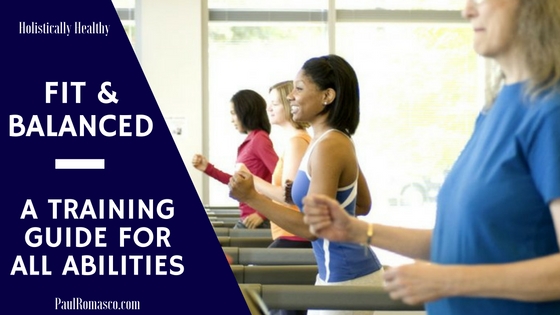
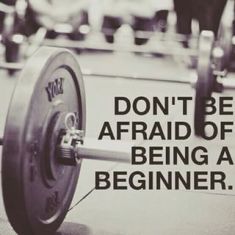 First, just to clarify, the time of each workout will depend on the individual’s schedule and their level of experience. If you are planning to squat hundreds of pounds, you’re going to need at least 5 minutes between sets. However, if you learning squat mechanics with just your bodyweight, you’ll probably only need 30 seconds in between sets.
First, just to clarify, the time of each workout will depend on the individual’s schedule and their level of experience. If you are planning to squat hundreds of pounds, you’re going to need at least 5 minutes between sets. However, if you learning squat mechanics with just your bodyweight, you’ll probably only need 30 seconds in between sets. 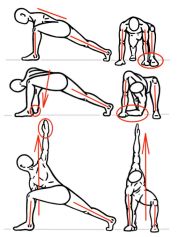 stabilizer muscles, improve movement patterns, and practice “prehab” exercises. Prehab exercises target muscles that tend to be tight, passive, or weak, leading to the most common injuries and imbalances (usually shoulder, knee, and lower back).
stabilizer muscles, improve movement patterns, and practice “prehab” exercises. Prehab exercises target muscles that tend to be tight, passive, or weak, leading to the most common injuries and imbalances (usually shoulder, knee, and lower back).  For the “Cardio & Active Recovery” days, pick whatever form of conditioning is most entertaining for you. This can be running, hiking, riding a stationary bike in front of a television, etc. The point here is that you want the activity to be enjoyable enough that you can stick with it, but isn’t so difficult that you have trouble performing the next day’s workout.
For the “Cardio & Active Recovery” days, pick whatever form of conditioning is most entertaining for you. This can be running, hiking, riding a stationary bike in front of a television, etc. The point here is that you want the activity to be enjoyable enough that you can stick with it, but isn’t so difficult that you have trouble performing the next day’s workout. 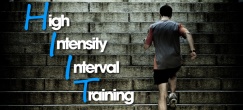 perform higher level conditioning, such as high intensity interval training (HIIT), at least one day a week. You can do 30 seconds of kettlebell swings with 1 minute rests, hill sprints, farmer walks with heavy weights in each hand, or intervals on a rowing machine – really whatever you want!
perform higher level conditioning, such as high intensity interval training (HIIT), at least one day a week. You can do 30 seconds of kettlebell swings with 1 minute rests, hill sprints, farmer walks with heavy weights in each hand, or intervals on a rowing machine – really whatever you want! 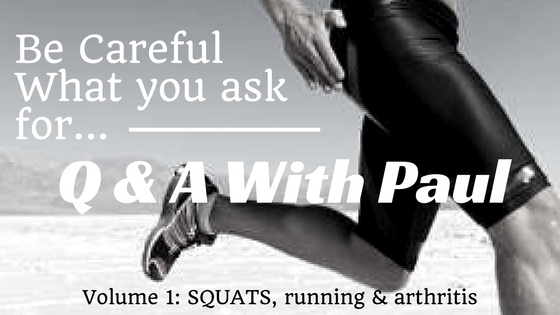
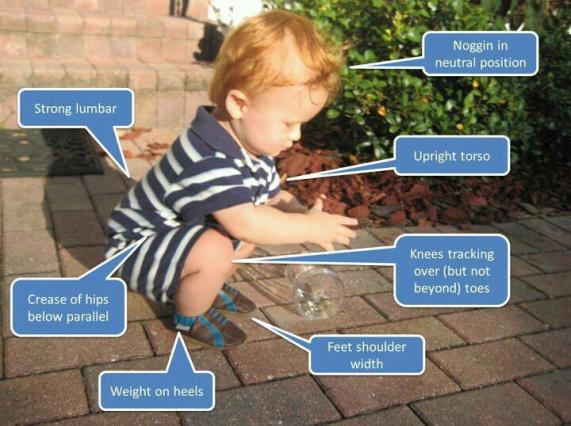
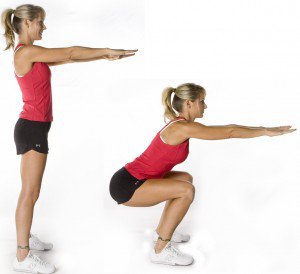
 Any exercise moving the knee and leg away from the midline of the body will target the glutes and hips…but the squat may be the most effective option because it requires balance and postural awareness, while also engaging the rest of the muscles throughout the body.
Any exercise moving the knee and leg away from the midline of the body will target the glutes and hips…but the squat may be the most effective option because it requires balance and postural awareness, while also engaging the rest of the muscles throughout the body. 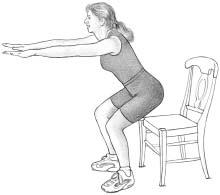 and stay tight in the bottom for a count, improves mobility and strength. But the longer you “hang out” in one position, the more likely your muscles will get tired, transferring the load to the bones and joints.
and stay tight in the bottom for a count, improves mobility and strength. But the longer you “hang out” in one position, the more likely your muscles will get tired, transferring the load to the bones and joints.

 This may not work for everyone, particularly if your body is still dependent upon sugar (whether from candy, juice, or whole grains). But, for me, having 1 to 2 cups of coffee with a little heavy cream, can sustain me until early afternoon.
This may not work for everyone, particularly if your body is still dependent upon sugar (whether from candy, juice, or whole grains). But, for me, having 1 to 2 cups of coffee with a little heavy cream, can sustain me until early afternoon. 
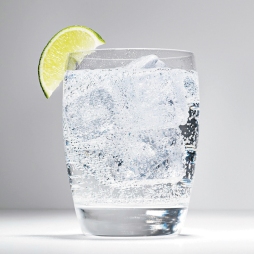 This would include: using calorie free mixers (such as club soda); squeeze fresh lime juice as needed for flavoring; consume alcohol away from other foods; have your last meal of the day based around proteins and fats; consume plenty of water all day and night.
This would include: using calorie free mixers (such as club soda); squeeze fresh lime juice as needed for flavoring; consume alcohol away from other foods; have your last meal of the day based around proteins and fats; consume plenty of water all day and night. 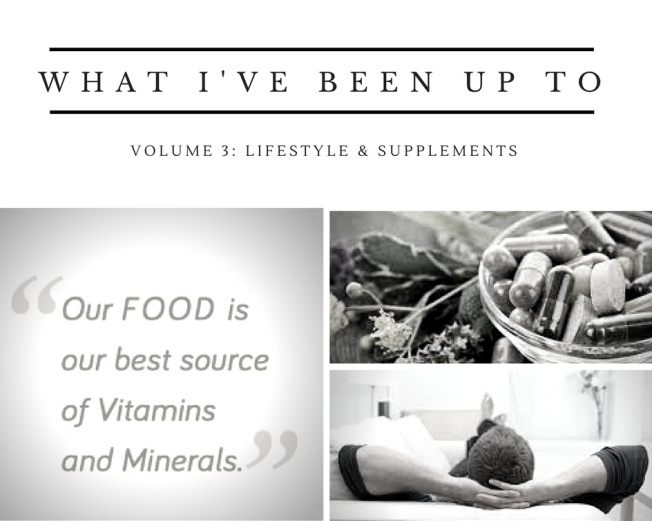
 So, I’ve transitioned from sleeping
So, I’ve transitioned from sleeping  an enormous difference for me, psychologically, to walk through the trees to a river behind my house after work. And the added Vitamin D from the sun is an added benefit!
an enormous difference for me, psychologically, to walk through the trees to a river behind my house after work. And the added Vitamin D from the sun is an added benefit! 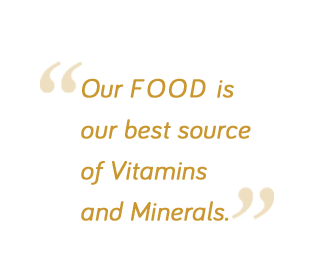 always have recommended Vitamin D for those that don’t spend hours in the sun everyday…but w
always have recommended Vitamin D for those that don’t spend hours in the sun everyday…but w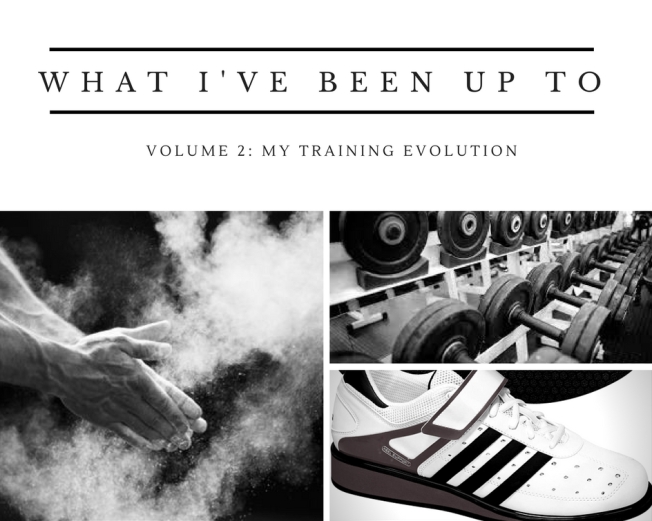
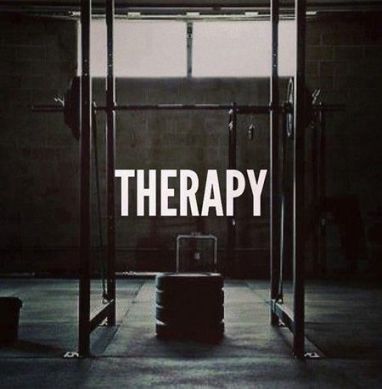
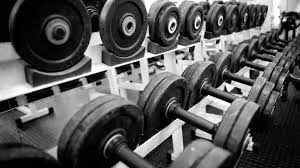 “bodybuilding” program – starting
“bodybuilding” program – starting 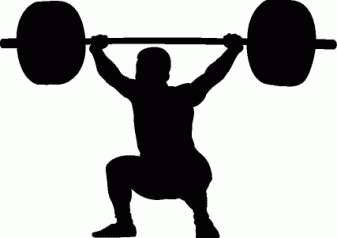 Olympic lifting requires superb athleticism, speed, and mobility. I have built up my raw strength, pushing or pulling a heavy weight, often grinding to complete a rep…but this new style of training should help train other movement pathways within the body.
Olympic lifting requires superb athleticism, speed, and mobility. I have built up my raw strength, pushing or pulling a heavy weight, often grinding to complete a rep…but this new style of training should help train other movement pathways within the body.  As we know by now, overconsumption of certain carbohydrates can lead to fat gain, diabetes, cardiovascular disease, autoimmune disorders, and neurodegenerative diseases. The biggest issues stem from a diet high in refined or processed carbs, such as breads, cereals, and
As we know by now, overconsumption of certain carbohydrates can lead to fat gain, diabetes, cardiovascular disease, autoimmune disorders, and neurodegenerative diseases. The biggest issues stem from a diet high in refined or processed carbs, such as breads, cereals, and 